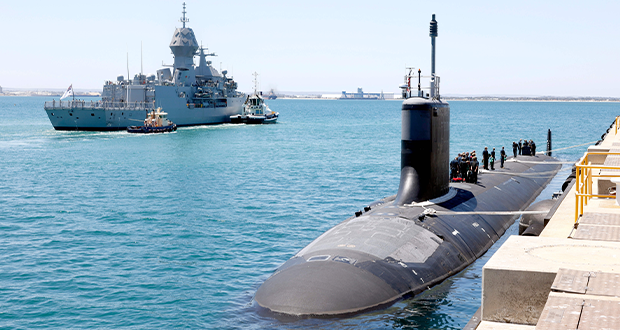Australia’s peak engineering body has welcomed federal investment in AUKUS engineering education and called for support to produce a further 60,000 additional graduates by 2033.
Engineers Australia chief Romilly Madew AO praised the government’s commitment of $128.5m over four years to keep pace with increasing demand for skilled engineers.
“The recognition of the vital role engineers will play in AUKUS is not only a testament to the importance of engineering in safeguarding Australia's national security but also a commitment to ensuring our nation remains at the forefront of technological advancements,” Ms Madew said.
Demand for STEM graduates has skyrocketed amid an unfolding defence landscape, and the funding boost will support 4,000 additional university places to address skills shortages.
“Australia’s engineering sector is at a tipping point and without urgent action projects such as AUKUS, the infrastructure pipeline and reaching net zero by 2050 will not be achieved,” Ms Madew said.
The University of Adelaide (UA) continues to lead the charge in bolstering defence-related skills training for Australia’s workforce and research capabilities to achieve nuclear-powered defence.
“A sovereign nuclear-powered submarine capability will need engineers and scientists from a range of disciplines,” said Professor Peter Høj AC, vice-chancellor and president of UA.
"Nuclear physics and chemistry are key, as are mechanical, electrical, and nuclear engineering.
“The University of Adelaide has an outstanding global standing for teaching and research across all major engineering disciplines, as well as a strong track record of working closely with industry and government in the development of programs that meet specific needs, and will work collaboratively to co-create programs to meet these needs.”
The AUKUS submarines will be built in South Australia, requiring an immediately scaled-up STEM workforce to build, maintain and operate the complex machinery.
“We now have a massive task ahead of us to prepare the highly skilled workforce to capitalise on this historic opportunity,” SA Premier Peter Malinauskas told the media.
Do you have an idea for a story?Email [email protected]
 Campus Review The latest in higher education news
Campus Review The latest in higher education news

